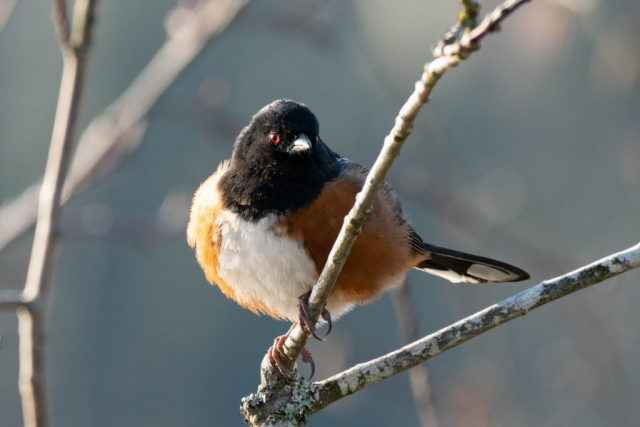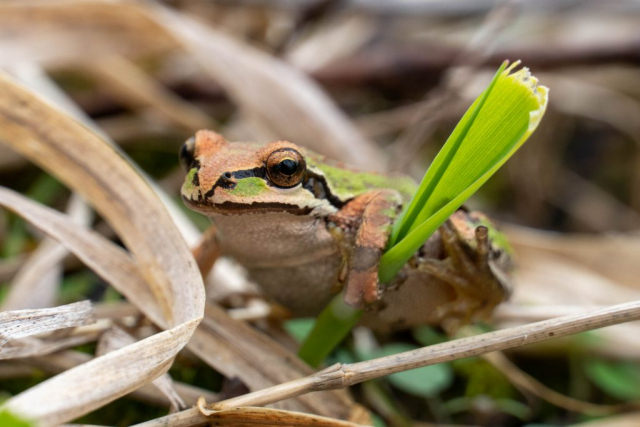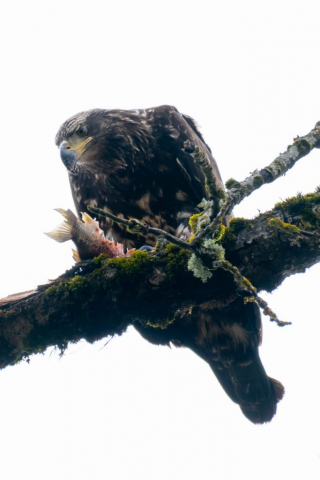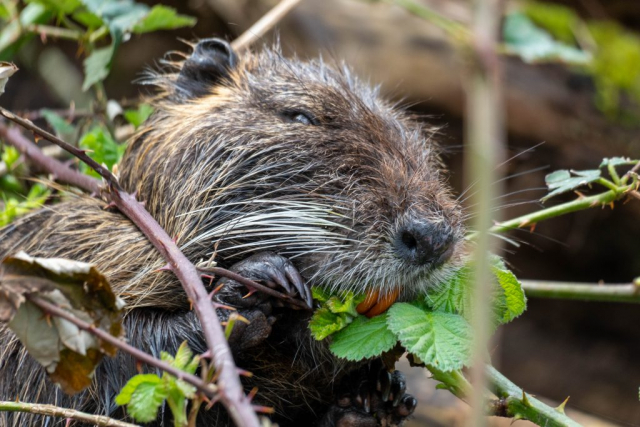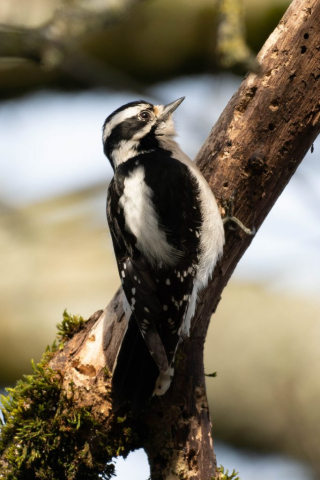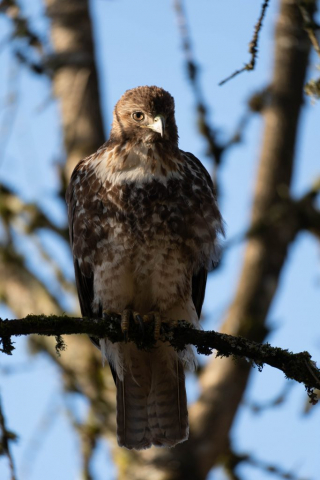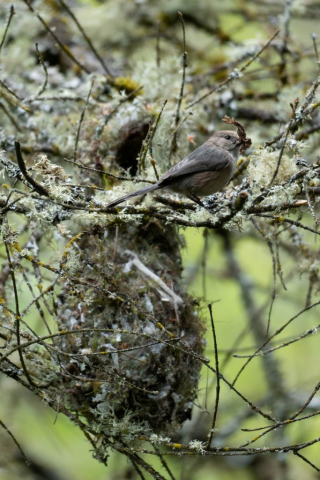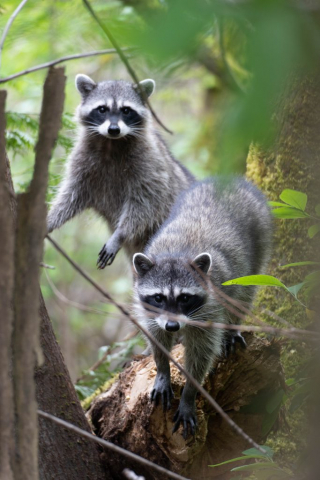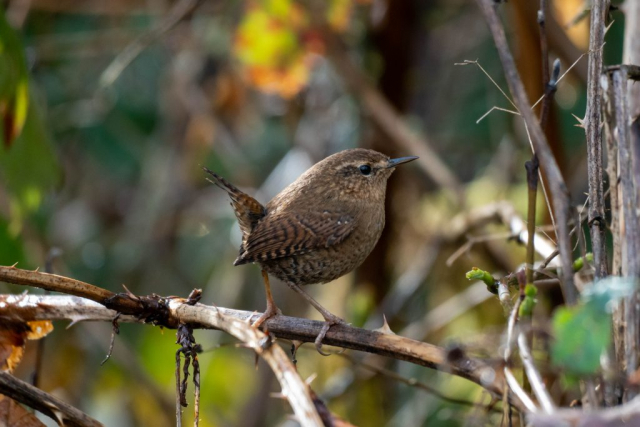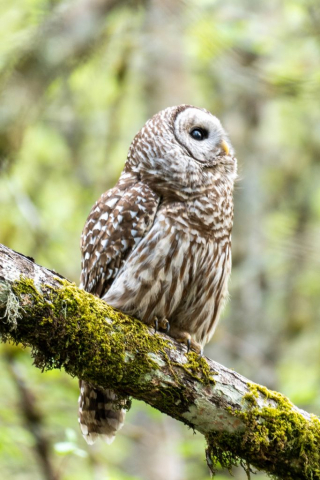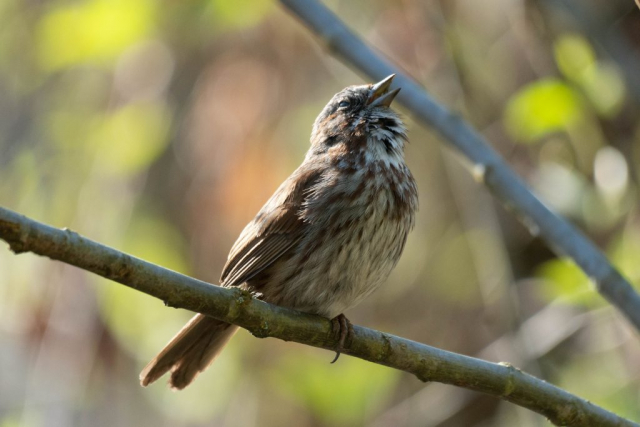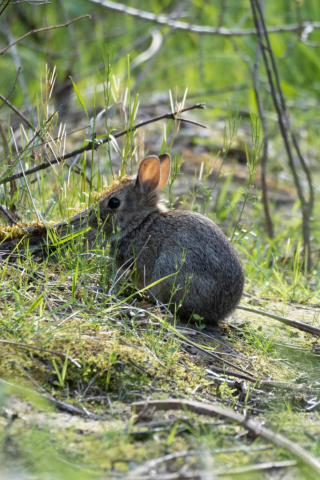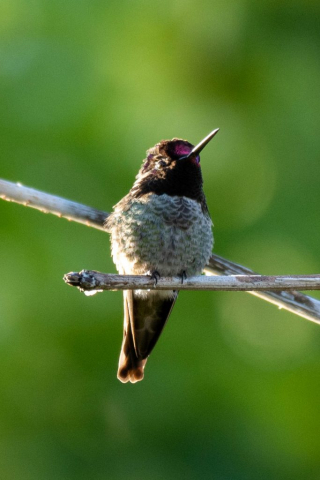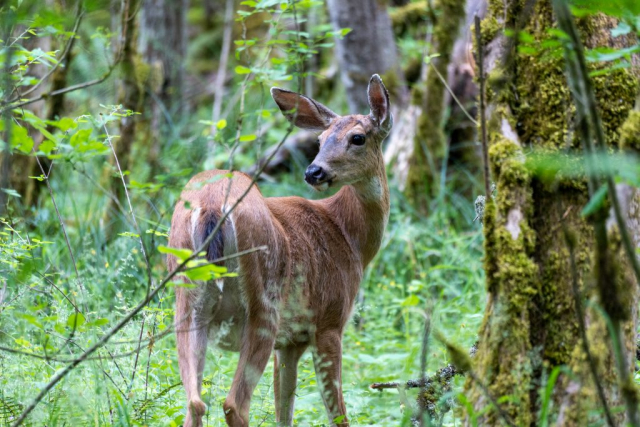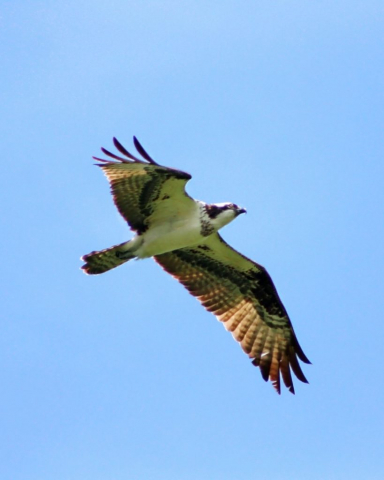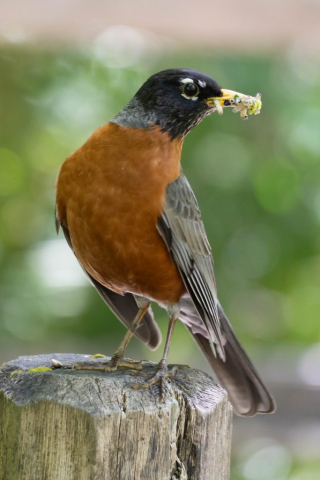Oaks Bottom became an official wildlife refuge in 1988 and was Portland’s first urban wildlife refuge and migratory bird park. Sitting in Southeast Portland, bordered by the Willamette River to the west, Sellwood Park to the south, and the Sellwood-Moreland neighborhood to the north and east, Oaks Bottom is a natural gem within the city. Encompassing 163 diverse acres of meadow, wetland, and riparian forest, Oaks Bottom serves as habitat to over 200 species of migratory and resident birds; mammals including deer, raccoon, beaver, mink, and otter; six species of amphibians; and hundreds of species of plants.
Hundreds of years ago, Oaks Bottom was a bend in the Willamette River carved out of deposits from the Missoula Floods. Gradually, river action deepened the Holgate Channel on the east side of Ross Island, and Oaks Bottom became a wetland that was perennially flooded. Construction of the railroad in 1893 cut the Bottom off from the river, thus inhibiting replenishment by regular flooding. The main pond, Wapato Marsh, is now fed by several springs in the bluff and occasional periods of high water. Beaver dams have kept water levels constant since about 2019.
Both the North and South meadows at Oaks Bottom are the site of former dumps. The North Meadow exists atop demolition rubble from the construction of the Stadium Freeway (I-405). The fills buried much of the Bottom’s population of wapato, a staple food of the area’s indigenous peoples. The plan in the 1960s was to create attractions on the dump sites such as a motocross course, a gondola, and a children’s museum. Ultimately, with the support of the Audubon Society of Portland (now the Bird Alliance of Oregon), the Sellwood-Moreland Improvement League, the Nature Conservancy, and the City of Portland, the refuge was established in 1988. With the ongoing support of these organizations and the people of Portland, the Oaks Bottom Wildlife Refuge has continued to flourish.


